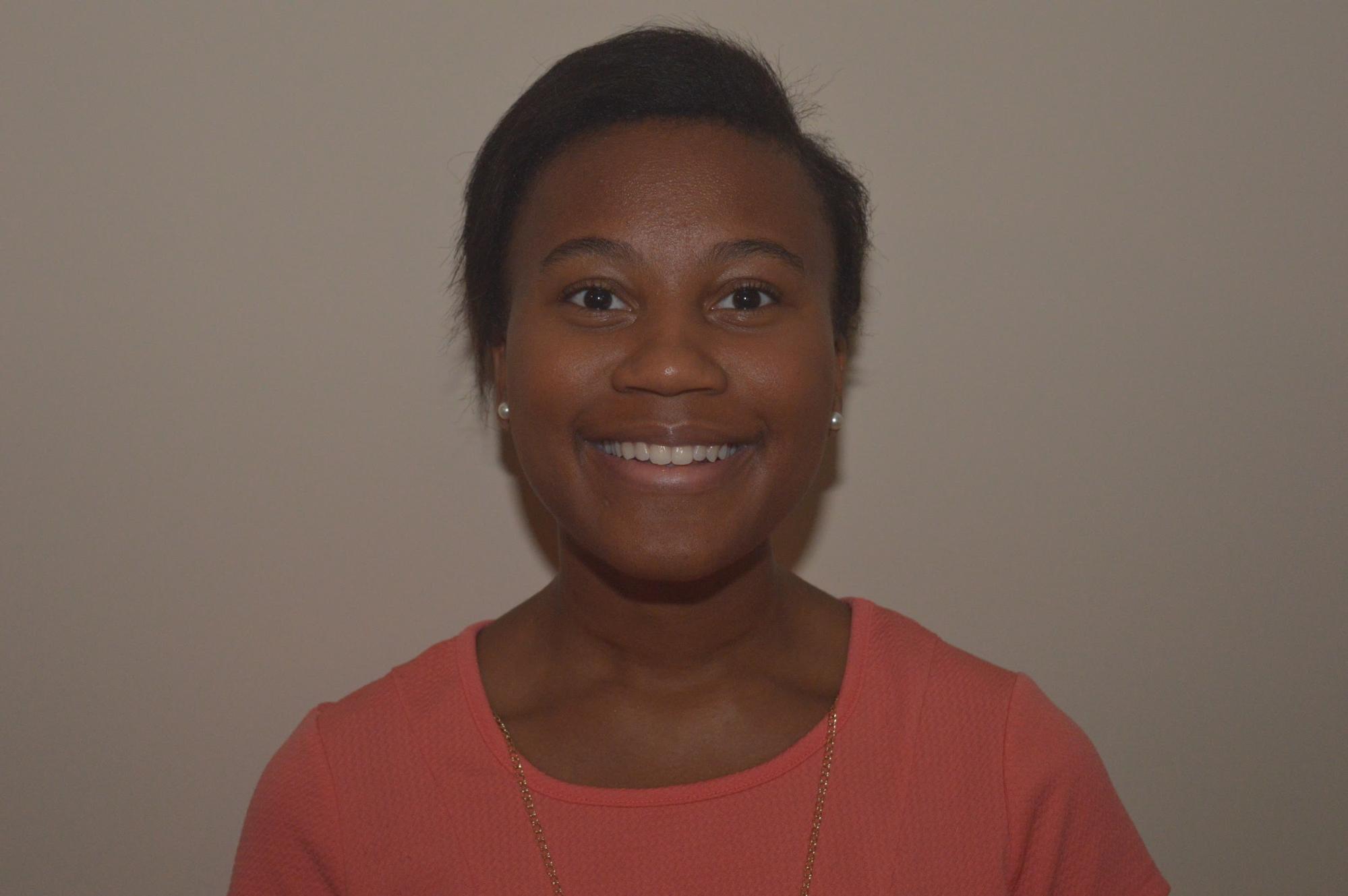After a passionate discussion about abortion, pro-life and pro-choice supporters warmly embrace each other. No, these aren’t characters in a fictional TV show, but real people at the end of the third episode of the YouTube series “Middle Ground.”
The first “Middle Ground” episode was uploaded in October 2017, on the Jubilee YouTube channel, and so far, there are 14 episodes total. In each episode, six strangers with opposing viewpoints are brought together to have a thoughtful discussion on divisive topics such as abortion, political ideology, religion and immigration.
Each episode follows a similar format. The participants enter a room and sit in a circle of chairs. They are then directed to go stand in one of two spotlights outside of the circle to establish the position they take on an issue; normally, there are three people on each side.
The participants come back to the circle if they agree with the statement one of the directors says aloud and they give their reasoning. After a timer sounds, the ones who oppose the statement join the rest of the participants and explain why they disagree.
A recurring theme of “Middle Ground” is showing what difficult conversations actually look like. There are times when participants argue and the conversation gets uncomfortable, but men and women alike keep talking because each person wants to fully explain their viewpoint.
The show can be used as a model for viewers when it comes to having conversations about similar topics in their own lives with people who disagree with them.
So, here are a few key takeaways from “Middle Ground” that are likely to help viewers have those conversations.
1. Be open to discussion and actually follow through with it.
The participants on the show wouldn’t have signed up if they weren’t at least somewhat open to discussion. People often talk about wanting to start a dialogue, but you don’t actually see a lot of them doing so. Many of the participants even say that more face-to-face conversations about difficult topics need to happen. They prove their point by agreeing to be on the show.
The episodes feature people from various backgrounds, showing that anyone can have these types of conversations as long as you speak your mind and truly, respectfully listen.
2. Don’t give in to stereotypes and generalizations.
It is widely known that people on different sides of polarizing issues generalize the other side. When talking to people with opposing viewpoints face to face, a person’s stereotypes can inflame a conversation to the point where the dialogue is no longer helpful.
Despite trying to promote open discussion, the Youtube series can only do so much when it comes to preconceived biases. A clear example of this occurred in Episode 2 of Season 1 when liberals and conservatives came together to discuss party differences and stereotypes.
One of the directors read a statement aloud that said, “I think people of the opposite party are misinformed or don’t know better.” Two liberals and two conservatives sat down in the circle to show their agreement.
One woman, a liberal, claimed that conservatives supported and promoted Infowars, the website of conspiracy theorist Alex Jones, as part of their ideology. When those who disagreed came to the circle, one conservative man replied, “I think you’re discussing a radical sect of conservatism, but that is not what most people [conservatives] are relating to.” Before the conversation escalated, another liberal changed the conversation’s direction.
While the young woman in this video didn’t see what was happening when she continued to generalize conservatives, viewers could. It’s easy as a mere viewer to see that she didn’t really listen to what the other man had to say.
3. Be firm, not hostile.
There are some instances in which conversations got heated. Even in those moments, hostile behaviors such as yelling, name-calling and the like were not commonplace in the series. While some participants did interrupt each other, most ignored the interruptions and continued the conversation.
On the seventh episode of Season 2, Kelegh, a police officer who happened to support Black Lives Matter, disagreed with Daryl, a law enforcement supporter, over the role of law enforcement in the community and the necessity of de-escalation training for police officers.
“Some of us in law enforcement think of ourselves as social workers with a gun,” Kelegh said, to which Daryl countered, “That’s concerning, because your job is to enforce the law.”
To Daryl’s point, Kelegh explained that while she agrees that her main goal as an officer is to enforce laws, police officers should still be held accountable for the choices that they make on the job. Daryl and Kelegh acknowledged that they had a disagreement, but were able to respect each other’s opinions.
This exchange is a good example of respectfully disagreeing with someone. Daryl and Kelegh didn’t raise their voices or verbally attack each other. They simply voiced their beliefs, showing that you can take a firm position without hostility.
4. Don’t be afraid to admit that you agree with a point the other side made.
You should openly acknowledge when you think someone from the other side made a valid point. Valid and logical points are not exclusive to one side.
Episode six of Season 1 featured people on opposite sides of the law: police officers and ex-felons. Chan, who served nine years in prison, gave a personal example of how his wealthy cellmate received a much shorter sentence than him for the same crime. David, a retired officer, agreed and further explained that someone’s sentence length could be affected by whether that person had a public defender or private attorney.
Although Chan disagreed with the statement “I believe in the justice system” and David agreed with it, they both thought there were problems that needed to be addressed in the justice system, such as the influence of money. By directly addressing his counterpart’s point, David was able to empathize with Chan without instantly dismissing his whole argument in favor of trying to win a debate.
5. Remember to humanize people.
Sometimes, the other side is seen as the enemy, which makes it very easy to forget those people are human too. The participants on “Middle Ground” have proven that face-to-face communication goes a long way in humanizing the other side in polarizing issues.
Leslie, a Mexican immigrant, made a similar point when addressing the Trump supporters in Episode 3 of Season 2. “I’ve learned a lot. You guys are human too, you have values, who would’ve thought, you know, we would have found common ground,” she said.
The participants end the episodes diplomatically. They often shake hands, but occasionally hug, even after the more difficult episodes.
Please watch the show and start your own discussions at home. Maybe you too will find middle ground.

















